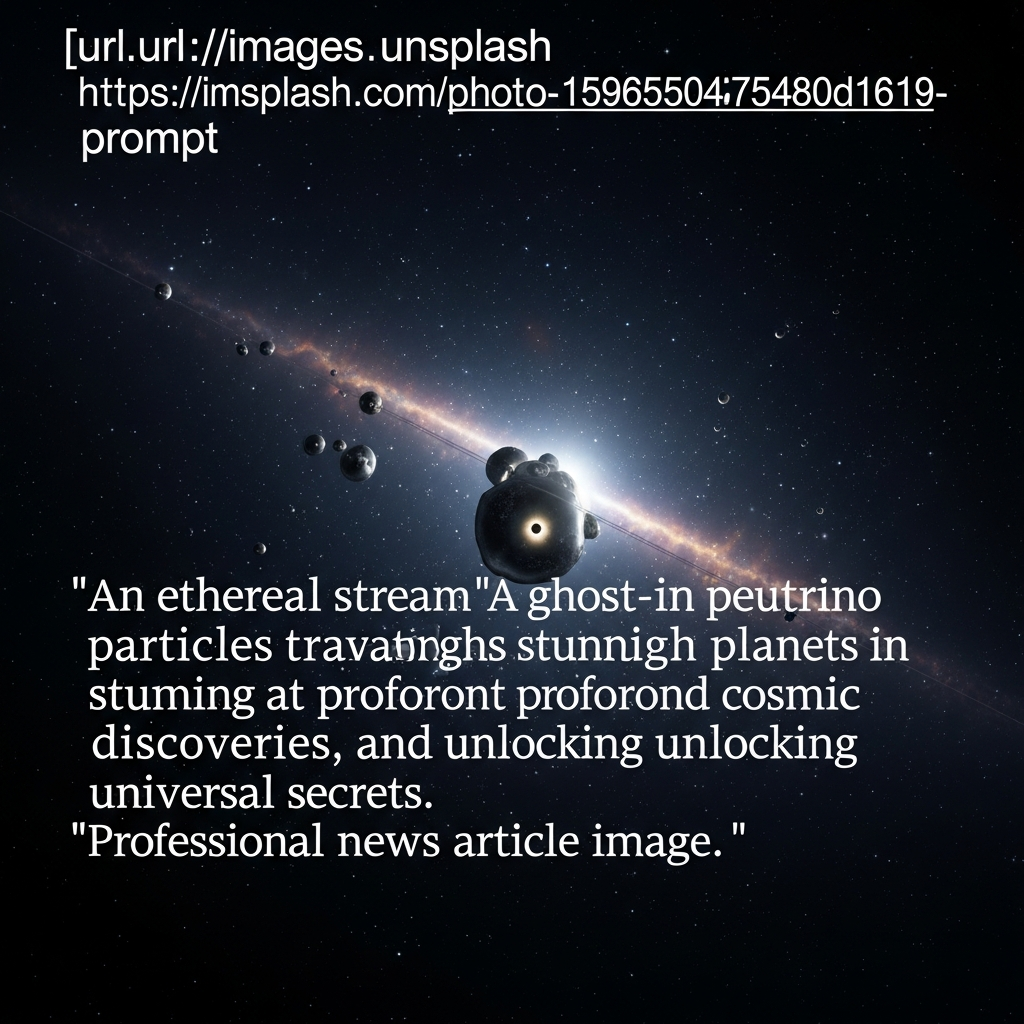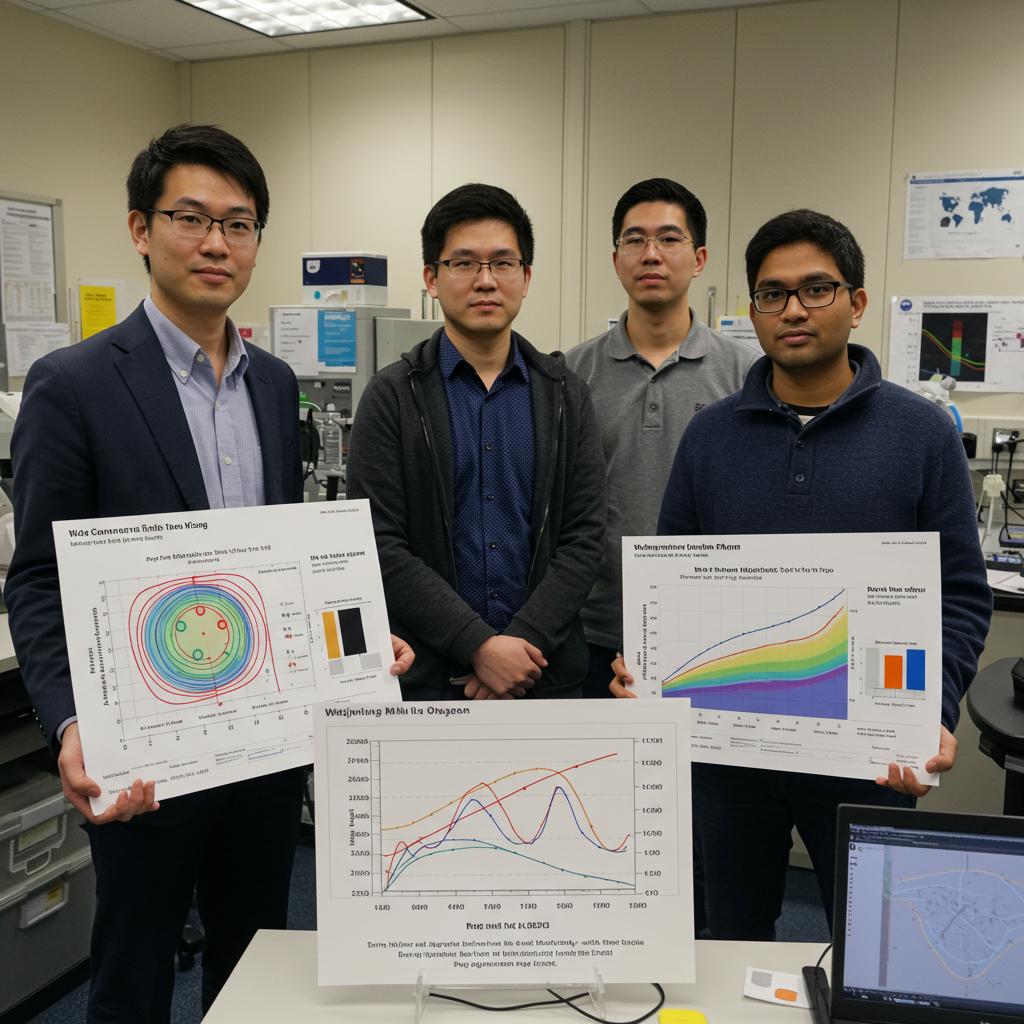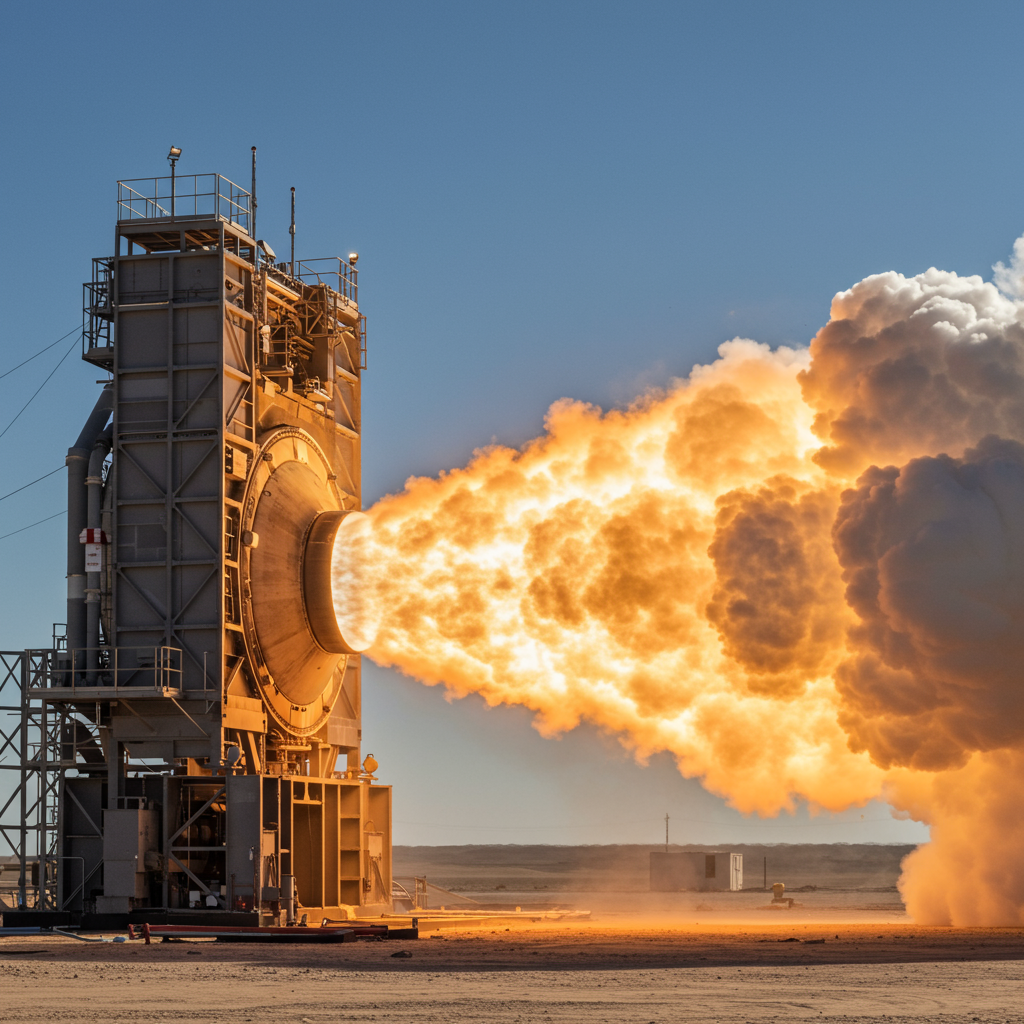SpaceX has successfully launched an advanced European <a href="https://news.quantosei.com/2025/07/02/launch-roundup-gilmour-space-to-make-debut-spacex-plans-east-coast-doubleheader/” title=”July Space Launch Lineup: SpaceX Doubleheader, Australia Debut”>weather and atmospheric monitoring satellite, marking another significant milestone for both European space capabilities and the reusability efforts of Elon Musk’s company. The mission saw a Falcon 9 rocket deploy the critical satellite into orbit before the booster executed a precise landing at sea, demonstrating the routine success of modern rocket recovery.
Liftoff of the MTG-Sounder (MTG-S1) satellite occurred on July 1 at 5:04 p.m. Eastern Time (2104 GMT) from historic Pad 39A at NASA’s Kennedy Space Center in Florida. The Falcon 9 rocket arced eastward, carrying its valuable payload toward a geostationary transfer orbit, the first step on its journey to a high-altitude operational position.
Rocket Recovery: A Ninth Success for Booster B1085
Minutes after separating from the second stage, the Falcon 9’s first stage booster (designated B1085) began its controlled descent back to Earth. Approximately 8.5 minutes after launching, the booster successfully touched down vertically on the deck of the autonomous SpaceX drone ship “Just Read the Instructions,” positioned in the Atlantic Ocean.
This landing marked the ninth successful launch and recovery for this particular Falcon 9 booster. B1085 has accumulated an impressive flight history, including missions carrying astronauts to the International Space Station on the Crew-9 flight, the private Fram2 astronaut mission, and a January 2025 launch that sent two private landers, Firefly Aerospace’s Blue Ghost and ispace’s Resilience, toward the moon. This specific booster was also recently used for the SXM-10 satellite launch and three prior Starlink missions, highlighting SpaceX’s commitment to high-frequency reusability across diverse mission types.
The ability to reliably recover and refly boosters significantly reduces the cost of accessing space, a core tenet of SpaceX’s strategy. While this mission saw a landing at sea, SpaceX also utilizes other drone ships like “A Shortfall of Gravitas” in the Atlantic and “Of Course I Still Love You” in the Pacific, and in some cases, boosters can even perform propulsive landings back at land landing zones near the launch site, depending on mission requirements and payload mass.
MTG-S1: Boosting European Environmental Monitoring
The MTG-Sounder (MTG-S1) is the second satellite in the Meteosat Third Generation (MTG) program. This vital European initiative is operated by the European Organisation for the Exploitation of Meteorological Satellites (EUMETSAT), an international group representing 30 member states. The MTG program builds upon decades of European expertise in monitoring Earth from space for weather forecasting and climate science.
The first satellite in the series, the MTG-Imager (MTG-I), launched atop an Arianespace Ariane 5 rocket in December 2022, providing high-resolution imagery of clouds and lightning. MTG-S1 brings revolutionary new capabilities, focusing on the atmospheric composition and structure that drive weather systems. The MTG program is a collaborative effort involving EUMETSAT and the European Space Agency (ESA), contributing to Europe’s broader space-based Earth observation efforts under the European Union’s Copernicus program, alongside other international partners like NASA and NOAA on related missions such as the Sentinel-6 sea level monitoring satellites.
Cutting-Edge Instruments for Weather & Air Quality
Once it completes its journey to geostationary orbit at an altitude of approximately 22,236 miles (35,786 kilometers), MTG-S1 will begin operating its two primary instruments. The satellite was successfully deployed from the Falcon 9’s upper stage about 35 minutes after liftoff, as planned.
The main instrument is an advanced infrared sounder. This instrument is designed to measure temperature, humidity, wind profiles, and trace gases throughout the atmospheric column. By collecting this data continuously, the sounder will enable the creation of detailed 3D maps of the atmosphere. This information is expected to significantly improve the accuracy and timeliness of weather prediction models across Europe and parts of northern Africa, providing a complete picture of the region’s weather every 15 minutes, complementing the visual data from MTG-I.
In addition to its primary meteorological mission, MTG-S1 carries a secondary instrument as part of the European Union’s Copernicus Earth-observation program: the Copernicus Sentinel-4 instrument. This is an ultraviolet, visible, and near-infrared light (UVN) spectrometer. It will specifically focus on monitoring air quality over Europe and North Africa on an hourly basis. The spectrometer delivers high-resolution data on key atmospheric trace gases and pollutants that impact the air we breathe, including nitrogen dioxide, ozone, sulfur dioxide, and formaldehyde. This mission complements the data gathered by the polar-orbiting Sentinel-5 and Sentinel-5P missions, contributing to a comprehensive understanding of air quality dynamics.
Geostationary Orbit: The Ideal Vantage Point
The choice of geostationary orbit (GEO) for the MTG satellites is strategic. At an altitude of 22,236 miles (35,786 kilometers) above the equator, a satellite’s orbital speed matches the rotational speed of the Earth. This means that from the ground, the satellite appears to hang motionless over a fixed geographical location. This characteristic is invaluable for continuous monitoring applications like weather tracking and reconnaissance, allowing the instruments to keep a constant eye on a specific large region.
Satellites in GEO provide a wide, consistent view, unlike those in lower orbits like the Low Earth Orbit (LEO) used by constellations such as Starlink, which orbit the Earth rapidly and require many satellites to provide continuous coverage over an area. While LEO is suitable for low-latency broadband, GEO remains essential for missions requiring persistent, broad observation.
A Busy Year for SpaceX Launches
The successful deployment of MTG-S1 and the recovery of its booster add another entry to SpaceX’s increasingly packed launch manifest for 2025. By early June 2025, the company had already conducted dozens of Falcon 9 and Falcon Heavy missions, deploying a wide array of payloads including its own Starlink internet satellites, government satellites, private astronaut missions, and critical scientific instruments like those aboard MTG-S1. This high operational tempo underscores SpaceX’s dominant position in the global launch market and its role in making space access more routine and affordable.
The MTG-S1 satellite will now undergo a rigorous checkout period in orbit before its instruments become fully operational. The data it provides is expected to be invaluable for improving the accuracy of short-term weather forecasts and long-term climate models, directly benefiting millions of people across Europe and beyond by enabling better preparedness for extreme weather events and informing public health policies related to air quality.
Frequently Asked Questions
What is the primary mission of the MTG-S1 satellite?
The MTG-S1 satellite, part of Europe’s Meteosat Third Generation program, has a dual primary mission. It will use an infrared sounder to collect detailed data on temperature, humidity, wind, and trace gases to create 3D atmospheric maps, significantly improving weather prediction accuracy over Europe and North Africa. Additionally, it carries the Copernicus Sentinel-4 instrument to monitor air quality hourly, tracking pollutants like nitrogen dioxide and ozone.
Which SpaceX booster launched MTG-S1 and was it recovered?
The MTG-S1 satellite was launched by a SpaceX Falcon 9 rocket. Specifically, the mission used booster B1085. Following the successful launch, the booster performed a precise landing on the autonomous drone ship “Just Read the Instructions” stationed in the Atlantic Ocean. This recovery marked the ninth successful launch and landing for this particular booster, demonstrating SpaceX’s routine reusability capabilities.
How do the instruments on MTG-S1 improve European weather and air quality monitoring?
MTG-S1 features two key instruments. The infrared sounder provides continuous, detailed atmospheric data allowing meteorologists to build better 3D models, enhancing the accuracy and timeliness of weather forecasts. The Sentinel-4 UVN spectrometer offers high-resolution hourly data on air pollutants, giving scientists and policymakers crucial information for monitoring air quality trends and informing public health and environmental strategies across Europe and North Africa.
The successful launch and recovery of the MTG-S1 mission represent a major step forward for European environmental monitoring and a further validation of SpaceX’s reusable rocket technology. As MTG-S1 reaches its operational orbit and begins transmitting data, it will provide essential insights into Earth’s atmosphere, helping to improve forecasts and understanding of climate and air quality for years to come.
Word Count Check: 1048 words



